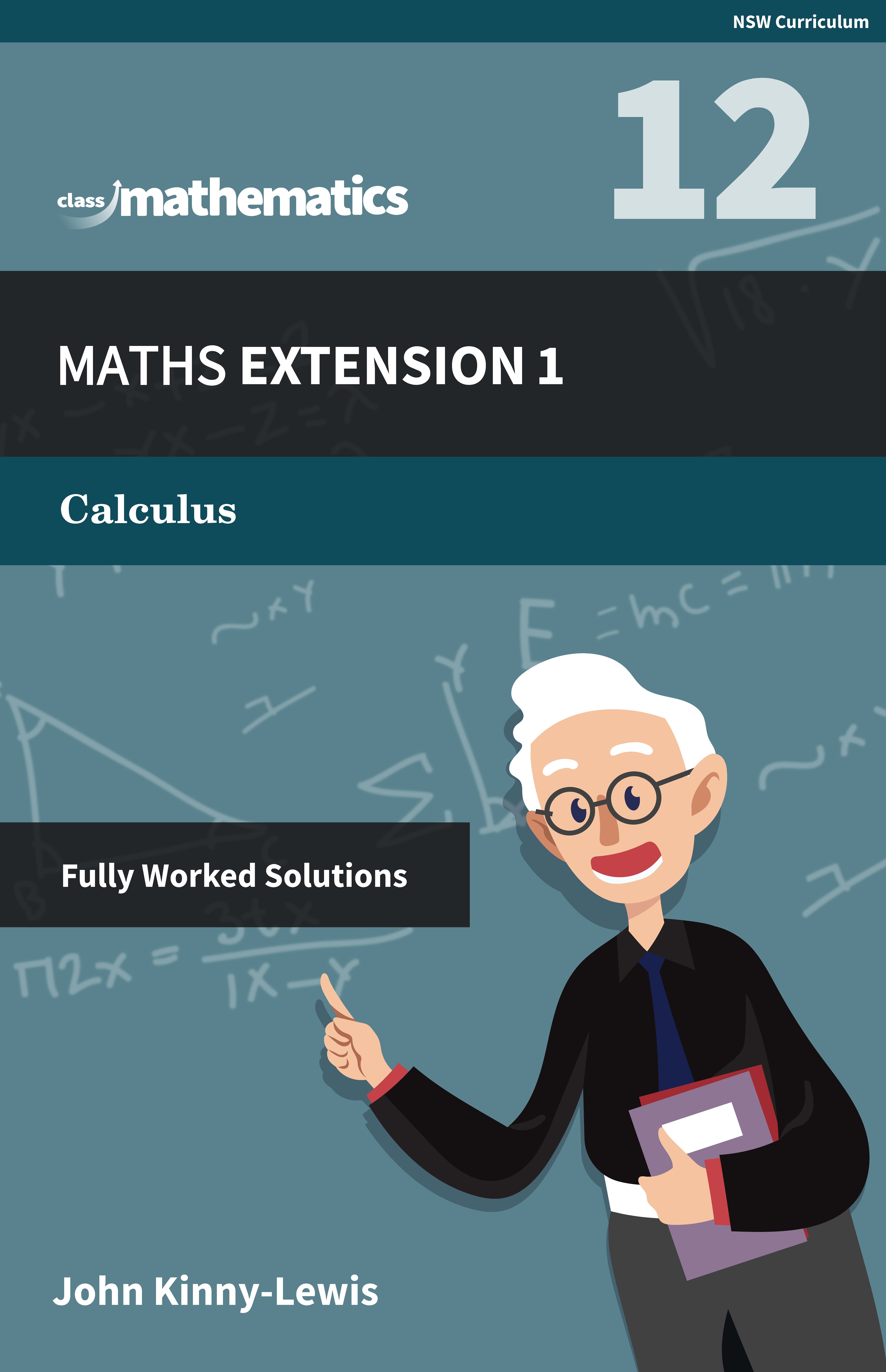Resources for Vector Basics
-
Questions
11
With Worked SolutionClick Here -
Video Tutorials
2
Click Here -
HSC Questions
2
With Worked SolutionClick Here
Vector Basics Theory
![- The magnitude of a vector \(\overrightarrow{A B}\) is \(|\overrightarrow{A B}|\).\\ - Two vectors are equal if and only if they have the same magnitude and direction\\ - The negative of vector \(\overrightarrow{A B}=a\) is the vector \(-\overrightarrow{A B}=\overrightarrow{B A}=-a\)\\ - Multiplying a vector by a scalar \(k\) results in a vector \(k\) times the magnitude and in the same direction of the original vector\\ \begin{center} \resizebox{0.35\textwidth}{!}{ \begin{tikzpicture} \coordinate [label=left:$A$ ] (A) at (-2,0); \coordinate [ label=right:$C$ ] (B) at (2,0); \coordinate [ label=above:$B$ ] (C) at (0,2); \draw[line width=1pt] (A)--(B)--(C)--cycle; \draw[decoration={markings, mark=at position 0.5 with {\arrow[scale=1.3]>}}, postaction=decorate,line width=1pt](A)--(B); \draw[decoration={markings, mark=at position 0.5 with {\arrow[scale=1.3]<}}, postaction=decorate,line width=1pt](B)--(C); \draw[decoration={markings, mark=at position 0.5 with {\arrow[scale=1.3]<}}, postaction=decorate,line width=1pt](C)--(A); \end{tikzpicture} } \end{center} - The triangle rule.\\ $\begin{aligned} \text { In } \triangle A B C \text { let } a&=\overrightarrow{A B}, b=\overrightarrow{B C} \text { and } c=\overrightarrow{A C} \\ \therefore \overrightarrow{A B}+\overrightarrow{B C}&=\overrightarrow{A C} \\ a+b&=c \end{aligned}$\\](/media/j2aa4qhl/3949.png)
![\textbf{Example}\\ \begin{center} \resizebox{0.4\textwidth}{!}{ \begin{tikzpicture} \coordinate [label=left:$A$ ] (A) at (-2,0); \coordinate [ label=right:$B$ ] (B) at (2,0); \coordinate [ label=above:$C$ ] (C) at (0,2); \draw[fill=black] (-1,1) circle (0.06) node[left=1mm]{$P$}; \draw[fill=black] (0,0) circle (0.06) node[below=1mm]{$R$}; \draw[fill=black] (1.49,0.5) circle (0.06) node[right=1mm,yshift=1mm]{$Q$}; \draw[line width=1pt] (A)--(B)--(C)--cycle; \draw[decoration={markings, mark=at position 0.7 with {\arrow[scale=1.3]>}}, postaction=decorate,line width=1pt](A)--(B); \draw[decoration={markings, mark=at position 0.1 with {\arrow[scale=1.3]<}}, postaction=decorate,line width=1pt](B)--(C); \draw[decoration={markings, mark=at position 0.3 with {\arrow[scale=1.3]<}}, postaction=decorate,line width=1pt](C)--(A); \end{tikzpicture} } \end{center} \(\triangle A B C\) is a triangle with \(\overrightarrow{A C}=a\) and \(\overrightarrow{A B}=b\).\\ \(P\) and \(R\) are midpoints of \(\overrightarrow{A C}\) and \(\overrightarrow{A B}\) respectively.\\ \(Q\) is a point on \(\overrightarrow{C B}\) such that \(\overrightarrow{C Q}=3 \times \overrightarrow{Q B}\). \begin{itemize} \item[\bf{i)}]Express \(\overrightarrow{C B}\) and \(\overrightarrow{P R}\) in terms of \(a\) and \(b\). \item[\bf{ii)}]Compare vectors of \(\overrightarrow{C B}\) and \(\overrightarrow{P R}\) \item[\bf{iii)}] Express vectors \(\overrightarrow{Q B}\) and \(\overrightarrow{CQ} \) in terms of \(a\) and \(b\) \item[\bf{iv)}]show that \(\overrightarrow{A Q}=\dfrac{1}{4}(3 b+a)\) \end{itemize} \columnbreak \textbf{Solution}\\ $\begin{aligned} \text { (i) } \quad \overrightarrow{A C}+\overrightarrow{C B} & =\overrightarrow{A B} \\ \overrightarrow{C B} & =\overrightarrow{A B}-\overrightarrow{A C} \\ & =b-a \end{aligned}$\\ $\begin{aligned} \overrightarrow{A P}+\overrightarrow{P R} & =\overrightarrow{A R} \\ \overrightarrow{P R} & =\overrightarrow{A R}-\overrightarrow{A P} \\ & =\frac{1}{2} b-\frac{1}{2} a \\ & =\frac{1}{2}(b-a) \end{aligned}$\\ \(\text { (ii) } \quad \therefore \overrightarrow{P R}=\frac{1}{2} \overrightarrow{C B}\)\\ $ \begin{aligned} \text{(iii) } \quad\overrightarrow{Q B} & =\frac{1}{4} \overrightarrow{C B} \\ & =\frac{1}{4}(b-a) \end{aligned}$\\ $\begin{aligned} \overrightarrow{C Q} & =\frac{3}{4} \overrightarrow{C B} \\ & =\frac{3}{4}(b-a) \end{aligned}$\\ $\begin{aligned} \text{(iv) } \quad \overrightarrow{A Q}+\overrightarrow{Q B} & =\overrightarrow{A B} \\ \overrightarrow{A Q} & =\overrightarrow{A B}-\overrightarrow{Q B} \\ & =b-\left(\frac{1}{4} b-\frac{1}{4} a\right) \\ & =\frac{1}{4}(3 b+a) \end{aligned}$\\](/media/4apln55r/3949-1.png)

